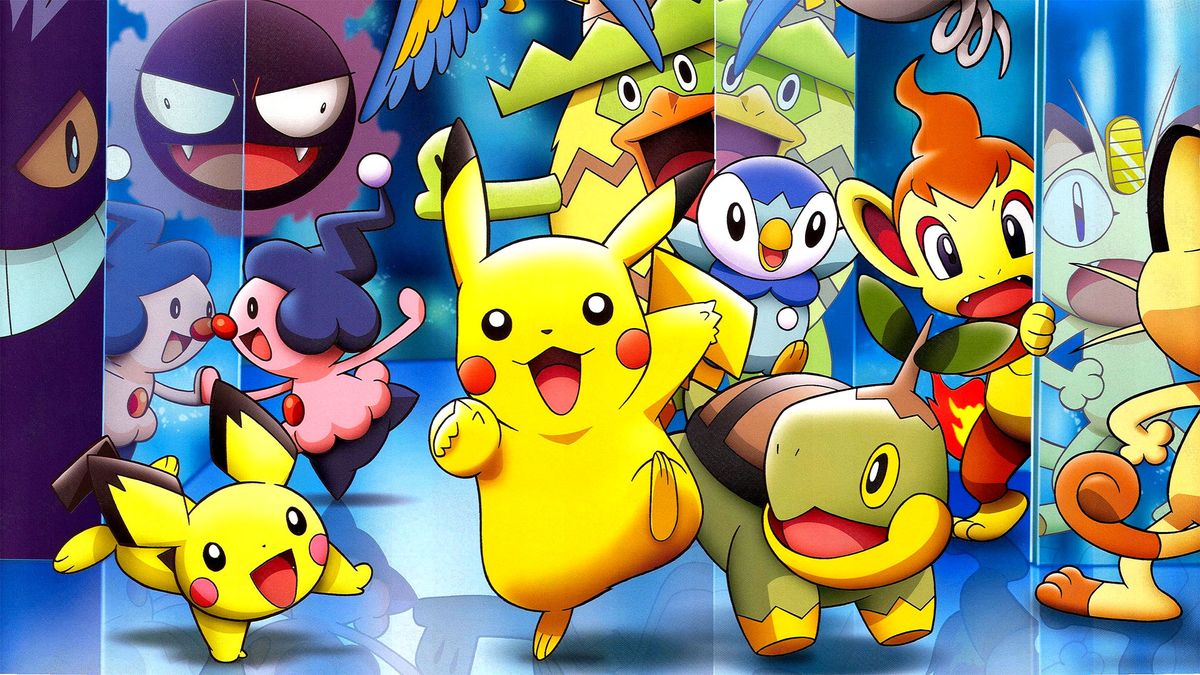

#Pokemon x and y anime non filler episodes series
Rather than a Gecko Ending, it stops at a large Cliffhanger (technically it's a whole series flashback that doesn't tell the viewer how we got to where we started). That anime was a single season that covered only one arc of the manga (10 volumes worth of material nowadays that's less than a third of the total story).
#Pokemon x and y anime non filler episodes tv
Berserk is a monthly ( mostly) series that had already run for several years by the time its animated TV adaptation came out in 1997.The manga ended in 2021 which gives enough time for the second part of final season to be produced and released on early 2022. It seems to have worked: after the second season aired in 2017, the anime has managed to continue releasing annually after that, with Season 3 divided into two parts in 20, and the same goes with the first part of the final season in late 2020 to 2021. Because of this, there was a 4-year long delay in the production of the 2nd anime to allow for story developments to catch up and to avoid this happening again. It also caught up way too fast with the source material, leaving out less than 15 chapters of content. The anime for Attack on Titan only had 25 episodes, because the manga wasn't finished at that time.The manga ended 3 years later in 2017 ironically enough, its ending was actually rather similar to the anime's, with only a slightly lower body count. Akame ga Kill! really started deviating from the manga once it reached around Episode 20, with many source readers outraged at the direction it went in.On the major storyline, though, the adaptation covers the events properly, albeit in a more sentimental tone.

For example, the debriefing session at the end of Episode 12 is never in the manga, although it is implied Sayuri does interview Mira and co. Where the Asteroid in Love anime ends is just a month after its corresponding chapter (Chapter 36) published, and there are substantial content in the Animated Adaptation of the Ishigaki arc that are anime original.

While Ai Yori Aoshi and Ai Yori Aoshi Enishi follow the manga for the most part pretty faithfully, its ending accomplishes nothing story wise. However, there are shows that are starting to break this tradition by adopting the "seasons" model, such as My Hero Academia. This is also why lots of anime are only 12/13 or 24/26 episodes long, because that's all they were scheduled for, regardless of popularity. They just keep going and going and going until they finish/get cancelled, or stop at a predesignated point. This is something that is frequently lost in translation outside of Japan, with the result being that, unlike Western shows, television shows aren't really made in the form of "seasons", with breaks written into the production schedule.

Japanese shows are almost always broadcast solely as original episodes without re-runs, so no new episodes is akin to being cancelled. The producers of the anime are then in a fix: they can't just wait for the creator to produce more material because they have a broadcast schedule to meet. However, most anime are aired weekly, which only makes it worse, especially for manga that have just started recently. While some manga series are published weekly (e.g., Shonen Magazine/ Sunday/ Jump, etc), others are published on a monthly schedule (e.g., Magazine/Nakayoshi, Shonen Ace). Because of medium conventions, it takes longer for events to unfold in manga than it does in anime - the average conversion being roughly 2 (weekly) manga chapters to make 1 anime episode - and this often means that before long an anime will simply run out of source material. However, if a series is especially popular (and/or marketable), its anime version will begin before the manga even ends. While simply making the anime into a completely Alternate Continuity is common (especially if the manga has No Ending), more often the anime at least tries to follow the major plot points of the original manga. Many anime are based on manga, or Japanese comics.


 0 kommentar(er)
0 kommentar(er)
